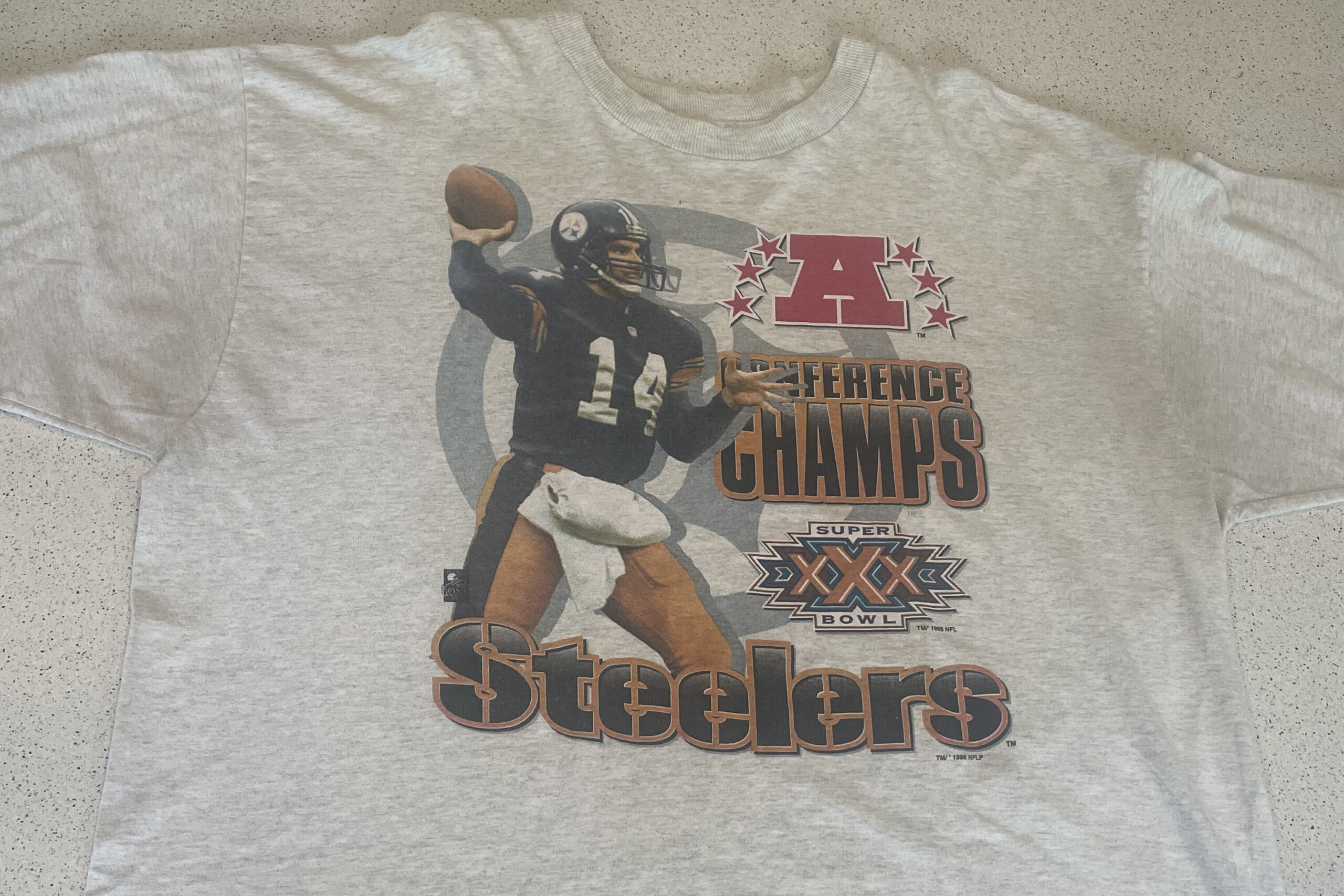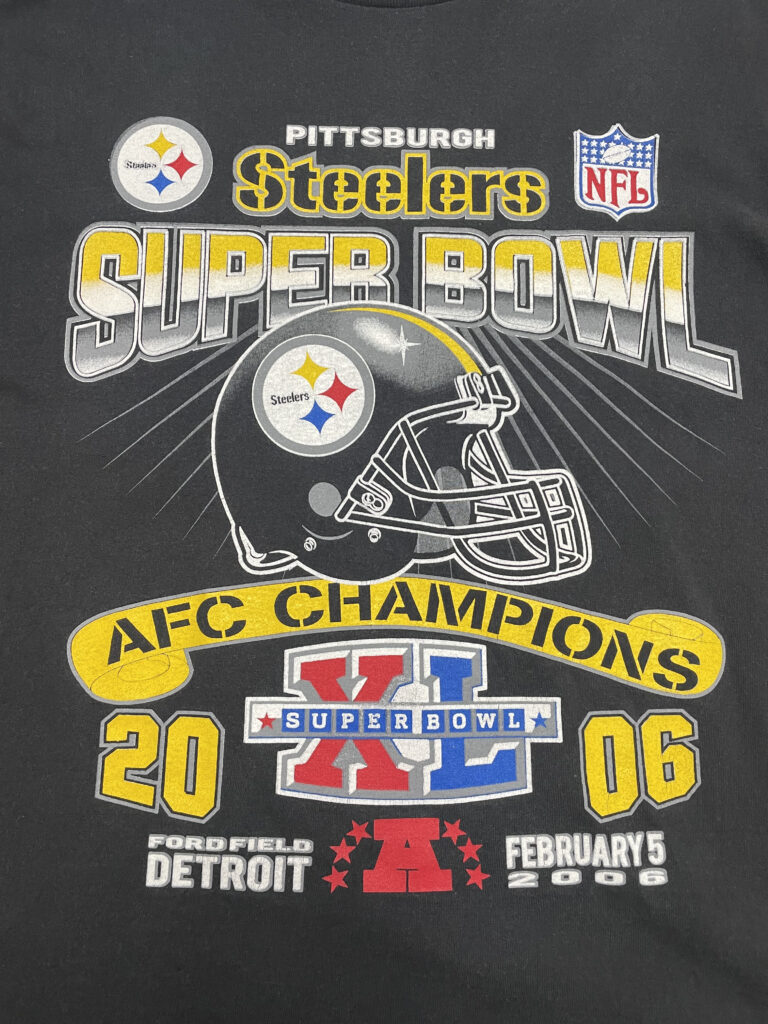Like the sneaker world, thrifting and vintage clothing markets have become grossly oversaturated. Your local Goodwill or Salvation Army probably has little to no “hot finds” after everyone started thrifting in the past few years. However, there will always be vintage clothing to buy at numerous stores, at both reasonable and unreasonable prices.
Thrifting and vintage go hand in hand but aren’t always talked about in a positive manner. Countless people around the world think those go thrift to flip clothing aren’t conducting business ethically and/or morally. What most fail to realize is that major thrift stores have so many clothes that they eventually end up throwing out. So while that annoying local thrifter who seems to pick up every grail may not make many friends at Goodwill, they are helping the planet and being resourceful at the same time.
Hand-Picked Vintage
Besides Goodwill, Salvation Army, and other well-known thrift stores, the availability of hand-picked vintage clothing is slim especially in smaller towns and rural areas. When you walk into a second-hand/resell shop, the sticker price of a popular vintage shirt is factored in using many important aspects.
First, the quality of the piece of clothing is one of the most important things to consider. Someone who calls themselves a vintage enthusiast probably doesn’t want a torn-up and shredded t-shirt that couldn’t be worn. Next, the rarity and demand for a vintage piece of clothing plays a major role into the pricing of a particular piece. A mass-produced Super Bowl t-shirt from ten years ago is not nearly as sought after as a similar vintage shirt from the 90s. Age is an important factor in the vintage world. A piece must age to near perfection to keep its full market value.

Also, the type of stitching is another factor when shopping for vintage clothing. Vintage tees are usually single-stitched. Double stitching is a sign of modern clothing as single stitched t-shirts were produced in the mid 90s or earlier. Countless vintage enthusiasts look at the stitching as an indicator of a product being “true vintage.”
The best vintage finds are hand-picked. It’s much more efficient to go to vintage resell stores to find throwback heat. The alternative is to spend numerous hours and miles traveled to find a gem at a local thrift store. Some vintage clothing prices may seem ridiculous, but the price tags include the work and hours put in to find those vintage pieces.
Thrifting and Vintage Resell Culture
Like sneaker reselling, vintage reselling usually comes with a negative connotation. Even when someone may conduct business ethically, they are typically seen as sleazy and overly opportunistic too many people outside of the vintage community. Reselling brings extra baggage that must be handled accordingly. All resellers aren’t bad, but there are plenty of resellers who give the good ones a harder time when doing business.
The thrifting and vintage resell culture has shifted drastically over the past few years. Similar to sneakers, it seems like everyone and their mother thrifts and/or resells vintage clothing. The subculture has become extremely mainstream mainly due to the enormous rise of social media.

Reselling vintage clothing is more accessible than ever. Someone can buy and sell clothes without ever leaving their house. Some can even have a piece of clothing sold before they even get the item in hand. Online buying and selling has blown up resell culture. Thrifting and vintage clothing have been around long before reselling vintage pieces became mainstream. Social media often makes it difficult for the masses to realize there are more vintage enthusiasts who love vintage clothing without worrying about their profit and loss sheets.
Vintage clothing has shifted, changed and morphed drastically since collecting vintage has become a staple in the community. Trends come and go but one thing remains certain: people all around the world will continue to buy vintage of all varieties because of the love and appreciation for well-aged clothing.
The Future of Vintage
One person’s old and outdated is another’s thrifting and vintage gem. Like sneakers, vintage clothing is extremely subjective. There are objective baselines but limitless possibilities for personal expression and uniqueness.
Vintage clothing will continue to become more mainstream. However, more niche areas of interest and expertise will develop within the subculture. There are tons of music vintage enthusiasts as well as sports vintage apparel connoisseurs. The future will bring new fields of interest that don’t exist presently.
